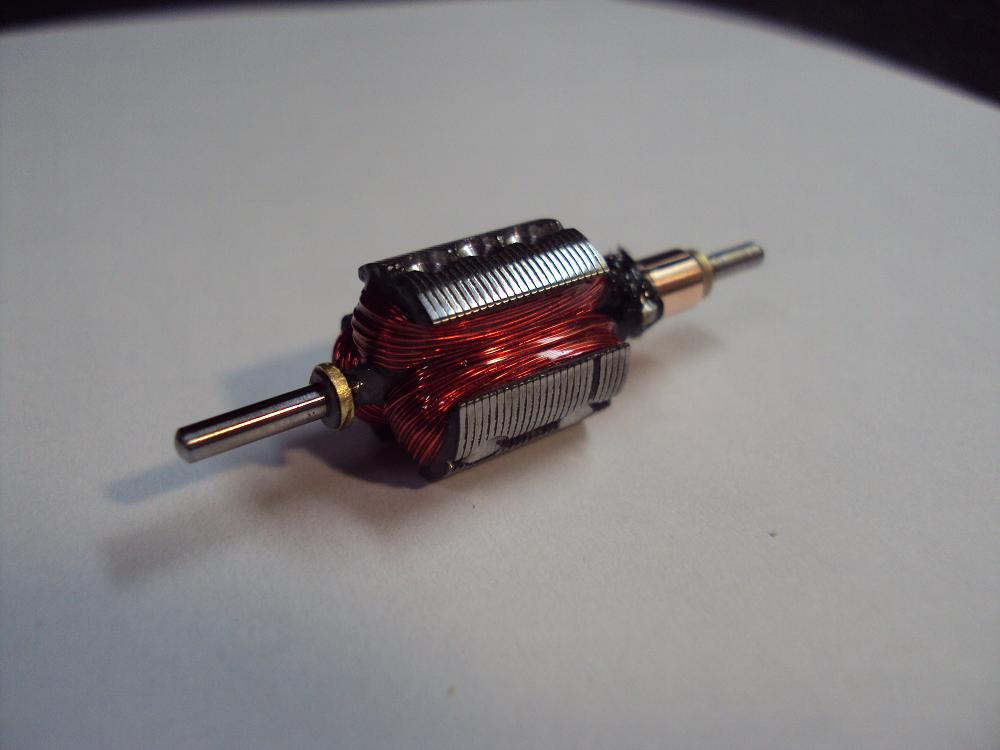GREAT.....
Most of the new stuff comes when looking "outside the box"..Ya never know what you will find when you look UP...NOT AT YOUR SHOES..
WAY TO THINK
PHIL I.

Posted 20 February 2010 - 07:37 PM
Posted 20 February 2010 - 08:47 PM
Posted 20 February 2010 - 09:58 PM
Posted 20 February 2010 - 10:26 PM
John, am I one of the two?
Posted 20 February 2010 - 10:27 PM
Posted 20 February 2010 - 10:36 PM
Posted 20 February 2010 - 11:44 PM
Posted 21 February 2010 - 02:53 AM
Posted 21 February 2010 - 07:28 AM
Posted 21 February 2010 - 10:17 AM
Posted 21 February 2010 - 12:05 PM
Posted 21 February 2010 - 01:02 PM
Posted 21 February 2010 - 01:38 PM
Posted 21 February 2010 - 08:28 PM

Posted 21 February 2010 - 08:34 PM
Posted 21 February 2010 - 08:44 PM
Posted 21 February 2010 - 09:33 PM

Posted 21 February 2010 - 09:54 PM
Posted 21 February 2010 - 10:41 PM
Posted 21 February 2010 - 10:48 PM

Posted 21 February 2010 - 11:32 PM
Paul Wolcott
Posted 22 February 2010 - 12:11 AM
Posted 22 February 2010 - 06:55 AM
When testing your newly finished arm in your motor, look at the endbell and run your motor in one direction, then the other and notice which direction the brushes appear to arc less. That is usually the same direction the motor likes to run the best also.
Posted 22 February 2010 - 08:42 AM
Posted 22 February 2010 - 09:59 AM